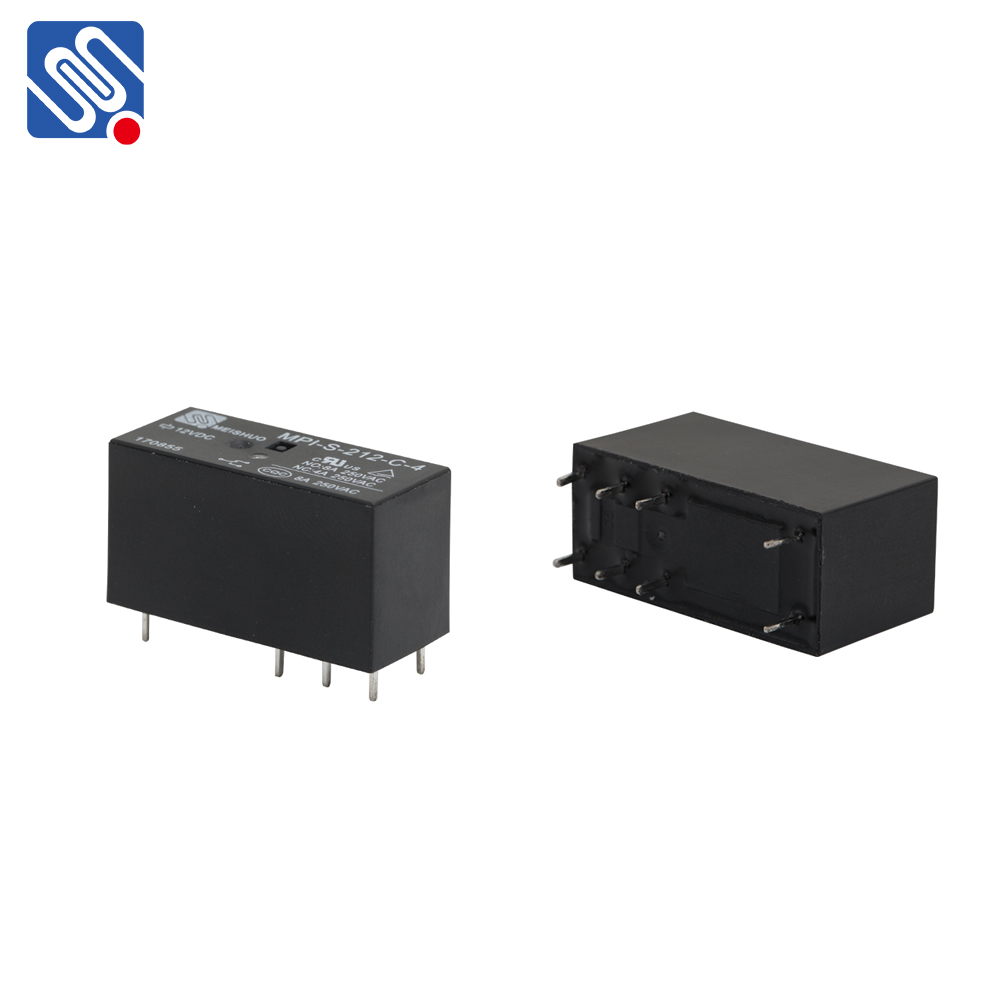Relay efficiency plays a critical role in the overall performance of modern communication systems, especially as networks evolve to meet the ever-growing demand for high-speed, low-latency data transmission. Relay nodes, often used in multi-hop communication scenarios, help extend the coverage area, improve signal quality, and increase network capacity. In this article, we will explore the concept of relay efficiency, its importance, and the strategies for enhancing it in contemporary wireless communication systems.

Understanding Relay Efficiency In a wireless communication network, relay efficiency refers to the ability of a relay node to forward signals with minimal resource consumption, while maximizing the transmission speed and quality of service (QoS). Relay nodes are essential in multi-hop communications, where a signal is passed through intermediate nodes before reaching its destination. These nodes are crucial in scenarios where direct communication between the sender and receiver is not possible due to factors like distance, obstacles, or interference. Relay efficiency encompasses several key factors: